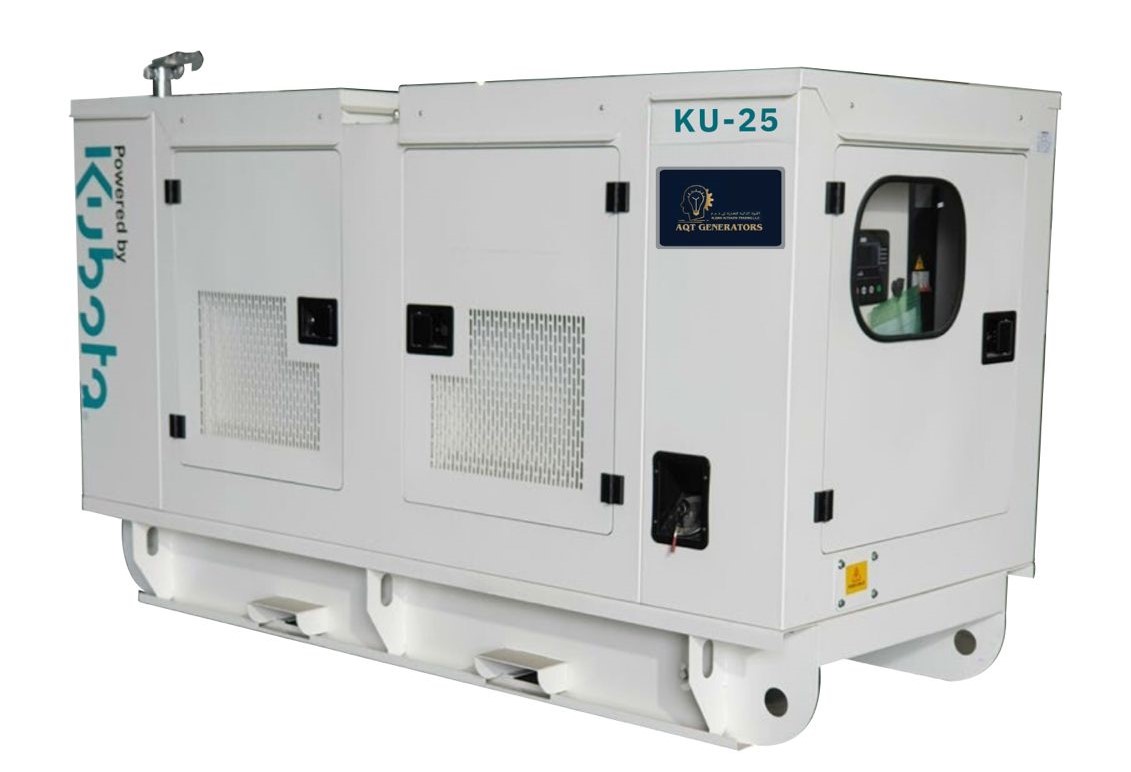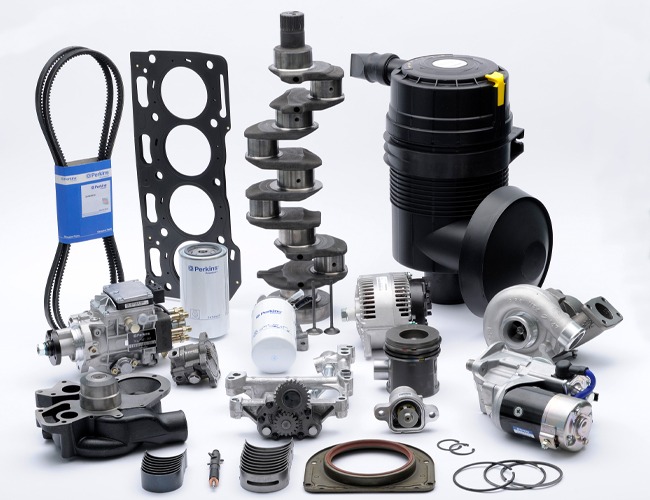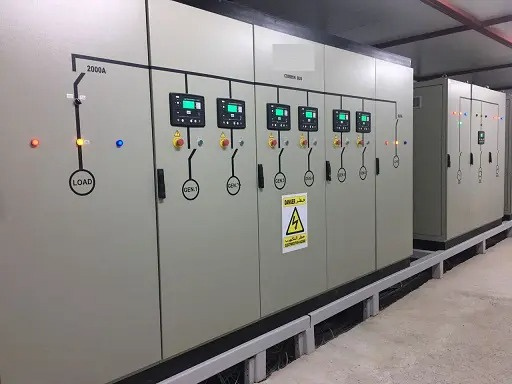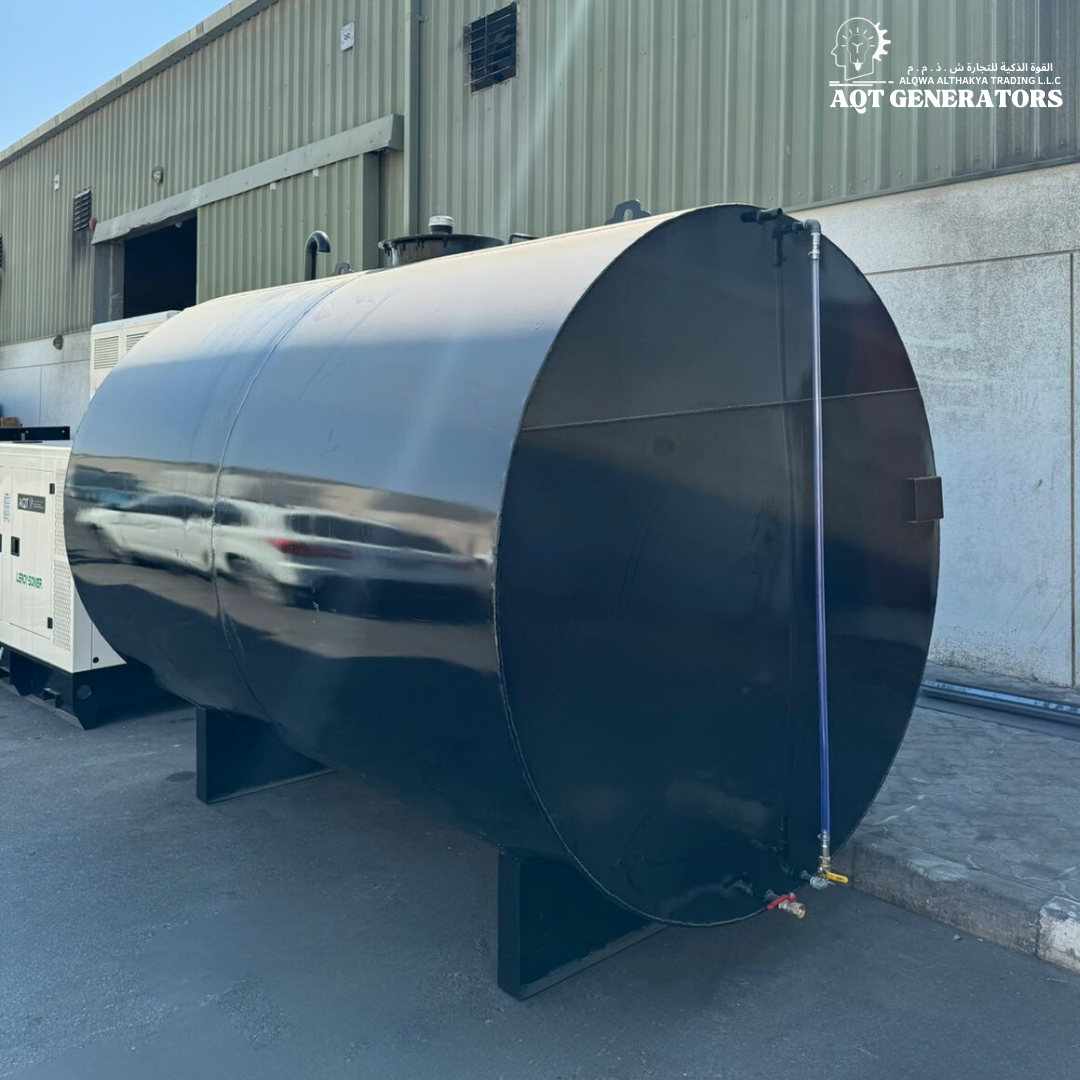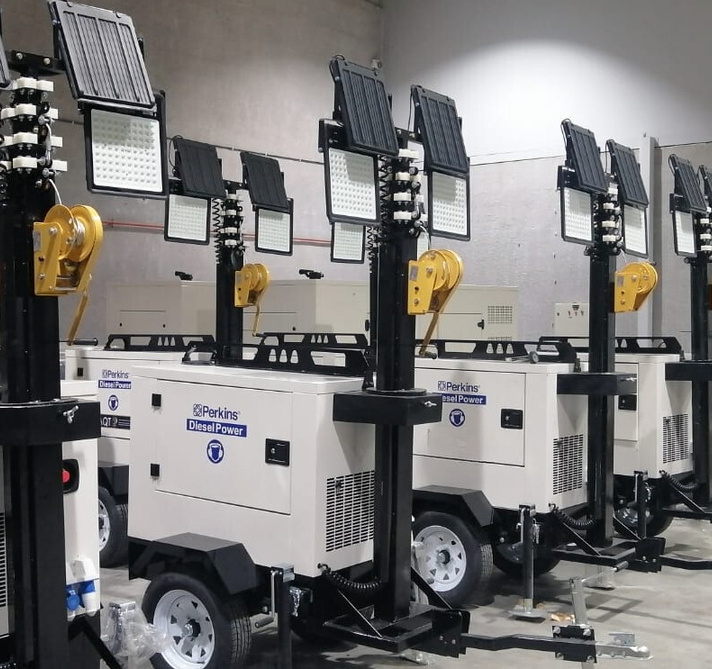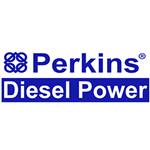OVER 12 YEARS OF EXPERIENCE
WHO WE ARE
Our Core Values
Honesty
Quality
Accessibility
Customer Centric Focus
why we are the best
12 years of experience
Leading Industry Experts
Fast & Effective Solutions
Flexible pricing
Exceptional Team
Our Products
Testimonials
“
After a long extensive search for companies, I found AQT Generators. All details and specifications were available and in excellent condition, thanks for Meryam. I appreciate the completion of the purchase process. And the most important thing is that she is patient.
AWAD KHEIR
”
“
Just wanted to give a shout out to AQT Generators for their excellent service! From inquiry to delivery, the process was seamless. Aya, the sales rep, was particularly helpful in coordinating with the shipping company when there was slight delay. Kudos to the team!
MOHAMMED BARAKAT
”
“
Mashallah, excellent service from AQT Generators. I ordered a 660 KVA generator for my factory and it was delivered on time at a very competitive price. Thanks to Mahmoud for his continuous follow-up of the shipment.
ASHRAF MANSOUR
”
“
Just wanted to leave a quick review for AQT generators. Their prices are really competitive, and the delivery was faster than expected. The sales guy, Ibrahim, was great at answering all my questions and making sure I got the right generator for my needs. Will be using them again!
KYLE
”
FAQs
Frequently Asked Questions
1. What is the difference between kW and kVA?
The primary difference between kW (kilowatt) and kVA (kilovolt-ampere) lies in the concept of power factor. kW represents actual power, while kVA represents apparent power, which includes both real power and reactive power. Let’s consider an example: If a generator has a rating of 500 kW and a power factor of 0.8, its kVA rating would be calculated as follows: 500 kW / 0.8 = 625 kVA. So, while the kW rating indicates the actual power output of the generator, the kVA rating reflects the total power capacity, accounting for both real and reactive power.
2. What is a power factor?
The power factor (pf) is the ratio of real power (kW) to apparent power (kVA) drawn from an electrical load. It represents the efficiency with which electrical energy is converted into useful work. For example, a power factor of 0.8 indicates that 80% of the total apparent power is converted into real power. A lower power factor results in higher reactive power, leading to inefficiencies in the electrical system.
3. What is the difference between standby, continuous, and prime power ratings?
4. Is it possible to modify or adjust the voltage to meet my needs?
Some generators are designed to be re-connectable, allowing for changes in voltage configuration. For instance, a re-connectable generator might offer options for both single-phase and three-phase voltages. However, it’s important to note that voltage conversion may affect the power output of the generator and should be done carefully to ensure compatibility with the intended application.
5. What does an Automatic Transfer Switch do?
An Automatic Transfer Switch (ATS) is a device that automatically transfers electrical load from a primary power source, such as the utility grid, to a backup power source, such as a generator, in the event of a power outage. Once the primary power source is restored, the ATS switches the load back to the primary source. For example, in a data centre, an ATS ensures uninterrupted power supply to critical equipment during power disruptions.
6. Can a generator I am looking at parallel with one I already own?
Yes, generator sets can be paralleled to increase overall power capacity or provide redundancy. Paralleling generators allows them to work together to meet increased power demands or provide backup support. For example, in a manufacturing facility, multiple generators can be paralleled to meet peak power demands during production cycles.
7. Can you convert a 60 Hz generator to 50 Hz?
In general, it is possible to convert a 60 Hz generator to operate at 50 Hz, and vice versa, by adjusting the engine’s RPM. However, this process may require modifications to the generator’s components and should be evaluated by experienced technicians to ensure compatibility and reliability.
8. How do I determine what size Generator I need?
Choosing the right size generator is crucial to meet power generation needs effectively. Factors such as power requirements, load characteristics, and intended usage must be considered. To assist with this process, customers can utilize our load calculator tool available on our website. Alternatively, they can reach out to our technical engineers who can provide personalized calculations based on their specific requirements. For detailed guidance on sizing a generator, please refer to our comprehensive article on the topic.
9. What maintenance is required for a generator?
Regular maintenance for AQT generator sets typically includes tasks such as oil and filter changes, fuel system inspection, coolant level checks, and electrical system testing. It’s essential to follow the manufacturer’s recommended maintenance schedule to ensure optimal performance and longevity of the generator.
10. How do I ensure proper installation of a generator?
Proper installation of AQT generator sets involves thorough site preparation, including foundation construction and adequate ventilation. Electrical connections should be made by qualified professionals according to local codes and regulations. Our technical team can provide guidance and support throughout the installation process.
11. What fuel options are available for generators?
AQT generator sets primarily use diesel fuel, which offers high efficiency, reliability, and cost-effectiveness. Diesel generators are well-suited for standby and prime power applications due to their robust performance and availability of fuel worldwide.
12. How do I troubleshoot common generator issues?
Our technical team can assist customers in troubleshooting common generator issues, such as starting problems, fuel system issues, and electrical faults. We provide comprehensive troubleshooting guides and offer prompt support to resolve any issues efficiently.
13. What warranty and support options are available for generators?
AQT generator sets come with industry-leading warranties and comprehensive support services. Our standard warranty is for 12 months or 1000 working hours but addition to that we offer extended warranty options, preventive maintenance plans, and 24/7 technical support to ensure customer satisfaction and peace of mind.
14. Can a generator be integrated with renewable energy sources?
AQT generator sets can be integrated with renewable energy sources such as solar or wind power to create hybrid energy systems. Our generators are compatible with advanced control systems that enable seamless integration and optimized performance in hybrid power applications.
15. What are the safety precautions when operating a generator?
Safety precautions when operating AQT generator sets include proper ventilation to prevent carbon monoxide build-up, regular inspection of fuel and electrical systems for leaks or damage, and adherence to safety protocols during maintenance and refuelling procedures.
16. How do I extend the lifespan of my generator?
To extend the lifespan of AQT generator sets, it’s essential to follow recommended maintenance schedules, operate the generator under optimal load conditions, and ensure proper storage and protection from environmental elements. Our technical team can provide guidance on best practices for generator maintenance and care.
17. What are the considerations for generator relocation or transportation?
When relocating or transporting AQT generator sets, considerations include proper handling, securing the unit for transportation, and compliance with safety regulations. Our team can assist customers in planning and executing generator relocation projects, ensuring safe and efficient transportation of the equipment.





